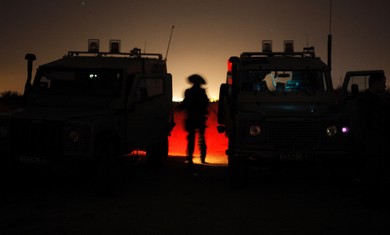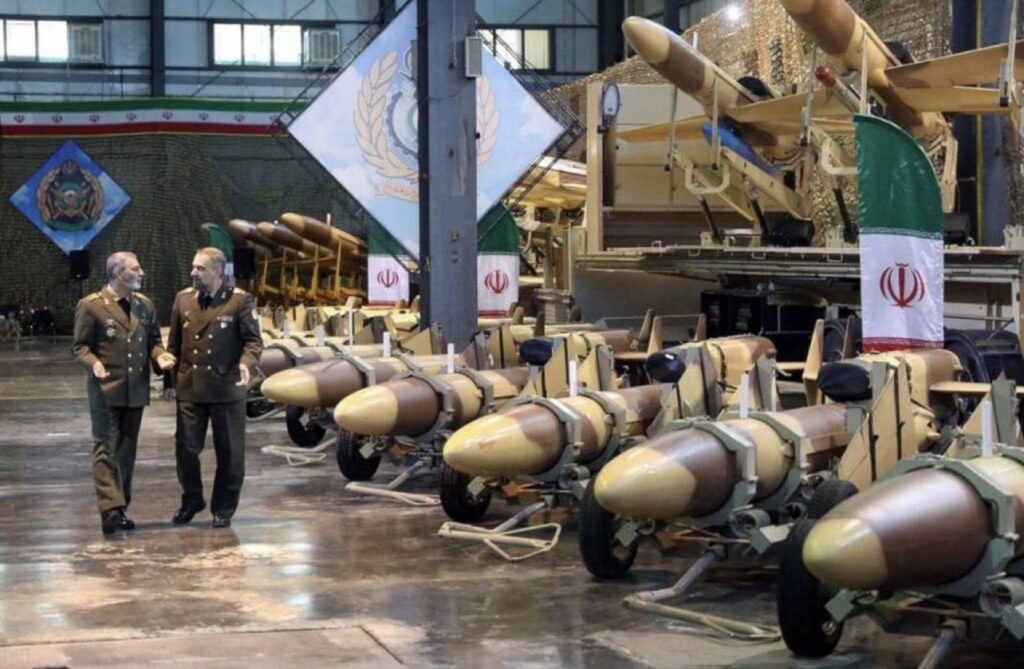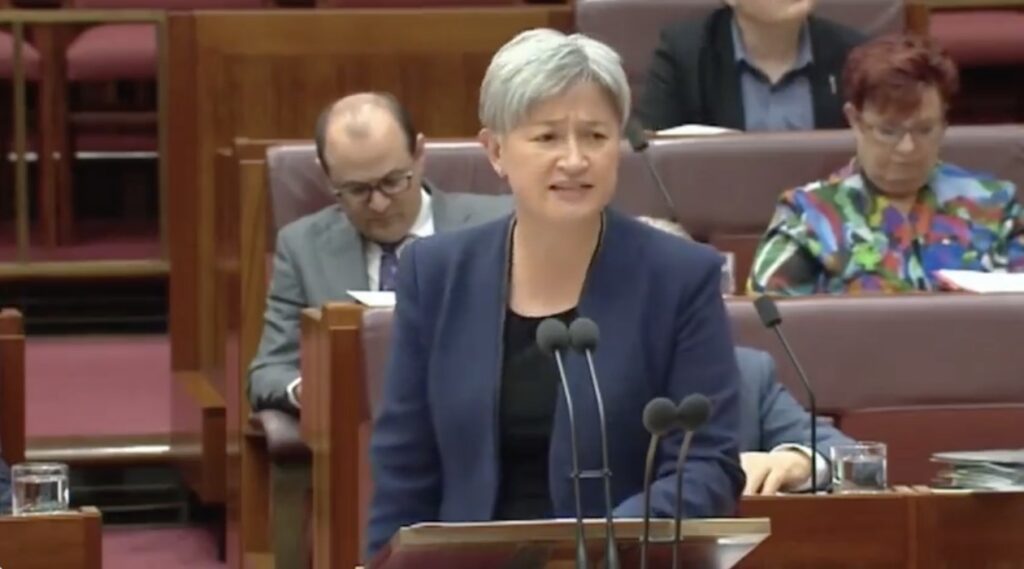UPDATES
Did the current round of violence start because of the death of a 13-year-old boy on November 8?
Nov 22, 2012 | Or Avi Guy

In the first few days of the current escalation in Southern Israel and Gaza (which hopefully may now be coming to an end) most of the media reported that the violence escalated after a Kornet anti-tank missile was launched at an Israeli military jeep on November 10, injuring four soldiers. The Popular Front for the Liberation of Palestine (PFLP) took responsibility for the attack. Shortly afterwards, a barrage of dozens of rockets aimed at Israeli cities and towns was launched from Gaza. It did not stop for days. The Israeli Defence Forces (IDF), obviously, responded immediately both to the attack on the military jeep and to the increased shelling by attacking rocket crews. More than 150 rockets were fired into Israel between Nov. 10 and Nov. 13. On Nov. 14, Israel responded with a targeted attack on the head of Hamas’ military wing, Ahmed al-Jabari, and on Hamas’ long-range rocket stores.
Perhaps the 10 days that have passed since that incident has blurred the memory of some reporters. Some media reports are now framed around the assumption that this whole thing began on the 14 with the strike on Jabari. And even more bizarrely, other reporter and commentators are stating or implying that it was the death of 13-year-old Hamid Younis Abu Dika on Nov. 8 near Khan Younis that sparked the current round of violence.
Hamas has certainly been making this last claim in an effort to shift blame away from their own behaviour. However, to anyone familiar with the actual timeline of events, this explanation makes no sense, as I will demonstrate below – and it is bizarre to see serious journalists adopting it.
This version is flawed for two main reasons; firstly, while the death of any child is tragic, it remains unclear what was the cause of Hamid Younis Abu Dika’s death. The IDF denied that there had been any strikes in the Gaza Strip that day, and said the possibility that he was hit during a fire exchange between soldiers and terrorists along the border was being investigated. In addition, this incident was not followed by any reaction which is associated with the escalation, and the only link between this incident and the escalation is a claim made by a terrorist organisation that the subsequent attack on the IDF jeep on Nov. 10 was in retaliation for the death of Hamid Younis Abu Dika.
To better understand what happened in the days leading to the escalation, it is important to understand the broader context. Terror organisations in the Gaza strip had been continuously targeting military patrols along Israeli side of the border between Israel and the Gaza Strip. The incident in question, on November 8, was the fourth in a series of explosions caused by improvised explosive devices in the area over recent weeks. In the first of those recent incidents, a military vehicle was damaged. Another explosion a few days later ripped through a gate in the fence, causing severe injury to an IDF officer. Even more recently, on Tuesday, November 6, three soldiers were injured in a bomb explosion along the border fence with Gaza, which was followed by an exchange of fire.
Analysts have suggested that these constant attacks along the border fence were part of a deliberate Hamas strategy to create a new balance of power whereby Israel would effectively be forced to agree to stop patrolling the Gaza border, effectively giving Hamas a free hand to use the border region to prepare kidnappings, terror, and rocket attacks. For instance, veteran US Middle Eaat mediator Dennis Ross has written of a quest by Hamas to create a “a new normal that would prevent Israeli forces from patrolling along the security fence separating Israel from Gaza.”
The incident on Thursday, November 8 was similar to these earlier attacks. Members of the Popular Resistance Committees attacked IDF forces engaged in routine activity near the border fence. The IDF force was doing maintenance work, uncovering and neutralising explosive devices before they cause damage to the border fence. Military spokeswoman Avital Leibovich commented on the incident, saying that “Terrorists opened fire at IDF soldiers while they were performing routine activity adjacent to the security fence.”
Around the same time, a high power explosive device exploded nearby. The source of the explosion was a large booby-trapped tunnel, 13 feet deep. As a result of the explosion an unmanned military jeep was blown up and completely destroyed. A soldier located dozens of feet from the explosion was wounded. The IDF believes the tunnel explosion was intentional and was intended to injure the crew that was working on the fence.
Later on, it was reported by Palestinian medical officials that 13-year-old Abu Dika had been killed by machine-gun fire, presumably during the fire exchange between the soldiers and terrorists mentioned earlier. While the source of Abu Dika’s fatal injury remains unknown, it is very clear that if it was an Israeli bullet which killed him, this was the accidental result of stray fire after the Israeli soldiers shot back after coming under attack along the border.
Then came the attack on the military jeep on November 10, another attack in what for a few weeks had become something of a pattern. Again, the IDF targeted the attackers. But this time, the attack was accompanied by a large-scale rocket attacks on Israeli civilian towns, with at least 10 rockets fired.
The constant border attacks, provocations and, eventually, targeting of civilians, were the background for the escalation. The terrorists’ claim that their attack on November 10 was a response to Abu Dika’s death is preposterous. In that case, what is their excuse for the attacks along the border on November 6 and 8? And the attack prior to that, which cost an Israeli officer his arm?
While the source of Abu Dika’s death remains unclear, it is absolutely certain that it is only after the jeep attack and the rocket fire which followed that escalation began. The events in the lead up to the escalation, however, provide important context and shed light on the constant provocations from Hamas controlled-Gaza, and the restraint of the IDF, which responded locally and moderately to a long series of attacks on its personnel. It was not the death of a Palestinian child which ignited the region again, it was the intensifying attacks from Gaza, including not only ambushes of military patrols, but rocket attacks on Israeli civilians. And professional journalists and reporters should know better than to adopt Hamas’ empty excuses for something they have never needed an excuse to do, namely target Israelis with terrorism, as the basis of their reports and analysis – especially when it is crystal clear these contradict the actual timeline of events.
Or Avi-Guy
Tags: Israel











